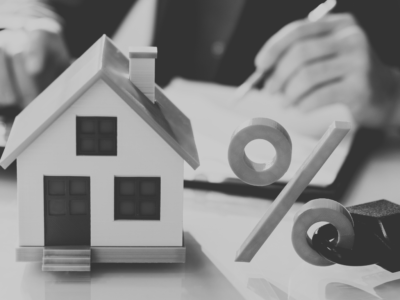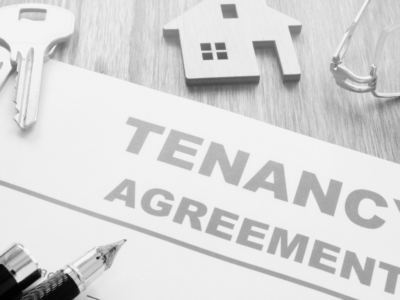There was a time, not so long ago, when many people expected the housing market by now to be in the throes of a full-blown correction.
That was even before we knew how high inflation was going to get, how much interest rates would rise and that the Bank of England and others would come up with gloomy forecasts of recession.
Well, we are now getting some price falls, which have been as rare as hen’s teeth over the past couple of years.
The Halifax said that prices edged down by 0.1% in July, which had the effect of cutting the annual rate of growth from 12.5% to 11.8%.
Though the fall was “only fractional”, it noted that a slowdown in annual house-price growth had been expected for some time.
And: “Leading indicators of the housing market have recently shown a softening of activity, while rising borrowing costs are adding to the squeeze on household budgets against a backdrop of exceptionally high house price-to-income ratios.”
Another fall, rather larger than 0.1%, was reported by Rightmove, the property portal.
Its August report recorded a 1.3% drop in the average price of properties coming to the market, which fell by £4,795 to £365,173.
Old hands will recall that summer falls in asking prices are by no means unusual and that August is a time when many potential buyers forget the market in favour of buckets and spades or pina coladas.
That is true, as Rightmove pointed out, though it also noted that this was the first fall in asking prices this year, a period which has seen several hikes in interest rates, the Russian invasion of Ukraine, with its huge impact on energy prices, Boris Johnson deposed and taxes going up.
So is this the start of something bigger?
Can we expect a sustained fall in prices now under the impact of dire recession warnings, higher mortgage rates and prolonged economic uncertainty?
You can never say never on these things, and the Halifax was right to say that a slowdown in annual house-price growth has long been predicted, including by your columnist.
It is important, however, to read the small print with these things, and this case the small print is mainly reassuring.
The Halifax also pointed out that, while July’s small fall was the first in a year, the fundamentals of the housing market remained strong.
They included the hundreds of billions of “involuntary” or excess savings built up during the pandemic, investment demand and changes in the way people regards their homes as a result of the working from home revolution.
Halifax also pointed, quite rightly, to the shortage of homes coming to the market.
This is a point which was also emphasised by Rightmove, in its small print.
There was, it said, a “massive imbalance” between supply and demand.
Though buyer enquiries are down by 4% on 2021, when the market was red hot, they are 20% higher than in the “normal” year of 2019.
New listings, in contrast, are up by 12% on a year ago, but are 6% down on 2019.
Available stock at agents is 39% lower than it was in 2019.
One agent near me has an impressive array of properties in its window, but all are emblazoned with “sold” signs.
Another perspective on this was provided by RICS (the Royal Institution of Chartered Surveyors), in its latest residential market survey.
It reported a balance of -25% of surveyors reporting a drop in new buyer enquiries, in other words, significantly more reported a fall rather than a rise.
New listings were also down, though the negative balance was a more modest -5%.
Average stock per surveyor, at 36, was close to an all-time low.
12-month price expectations remained buoyant with a balance of 30% expecting a rise, though this was down from a recent high of 78%.
Adding all this up, what should we conclude?
Demand is softening in the market, but this is at present balanced by falling supply, leaving prices generally well supported.
That may change if the winter ahead proves to be as grim as some fear and if the Bank continues to raise interest rates, as it has indicated it will.
It still looks like a slowdown rather than a big correction, however.
By the end of the year annual house price growth should be comfortably down into single figures.
Expect a few predictions that the dam will break and that prices will fall significantly.
But don’t be at all surprised if, because of some of the factors outlined above, that does not happen.
The market looks resilient.






















Comments